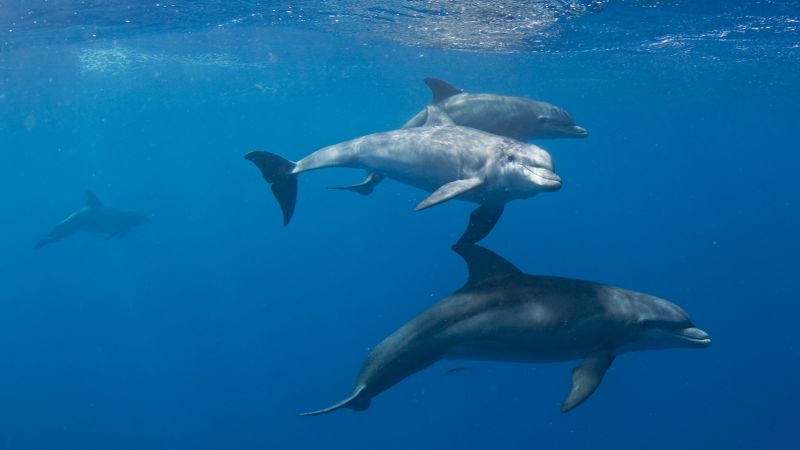Three types of brains Dolphin Found strande along the Scottish coast. Has shown the distinctive features of Alzheimer’s disease. New research provides insights into diseases in species other than humans.
The results may also provide a possible answer to unexplaine questions. Crime The researchers said the dolphins are along the coast.
Alzheimer’s disease is a common neurodegenerative disorder. It predominantly affects the elderly, with symptoms including memory loss, forgetfulness and confusion.
Study suggests dolphins show hallmarks of Alzheimer’s disease
According to a study published on 13 December in the European Journal of NeuroscienceResearchers in Scotland conducted post-mortem studies on the brains of 22 people. the toothor toothed whales, making their results more detailed compared to others said the authors.
It’s much deeper and broader because it looks at a larger number of animals. rom several different species of cetaceans that are known to age for (older) species,” co-author Mark Dalglish, a senior physician in anatomical pathology at the University of Glasgow, told CNN on Tuesday.
The study analysed samples from five species: Risso’s dolphins, long-finned pilot whales, white-beaked dolphins, porpoises and bottlenose dolphins. Of the 22 samples studied, 18 were elders.
Study suggests dolphins show hallmarks of Alzheimer’s disease
Essentially, he scanned whole brains to provide features of lesions (abnormalities) using more markers of Alzheimer’s disease, Dalglish added, with the same techniques used in human tissue.
The results showed that three elderly dolphins – a long-finned pilot whale, a white-snouted dolphin and a bottlenose dolphin – had brain changes or lesions associated with Alzheimer’s disease in humans.
tara Spiers-Jones, a co-author of another study in A statement This week, researchers were fascinated to see brain changes in elderly dolphins similar to those seen in humans (ageing) and Alzheimer’s disease.
„Whether these pathological changes contribute to delinquency in these animals is an interesting and important question for future work,” said Spiers-Jones. Personal Head of Neurodegeneration in the Deanery of Biomedical Sciences at the University of Edinburgh.
The researchers found that the samples had accumulate phospho-tau proteins and glial cells, and formed beta-amyloid plaques – a group of proteins found in the brains of people with Alzheimer’s disease. The distribution of these lesions was similar to brain regions in humans with Alzheimer’s disease, according to the research paper.
Dalglish said the findings are „the closest anyone has come to showing. That any animal spontaneously develops Alzheimer’s-related lesions.
Teeth are often strande off the UK coast in groups, which the study authors say may support. The sick leader theory when a group follows an elderly leader into shallow water. Possibly as a result of the leader’s disorientation.
The similar neuropathology of elderly dolphins and humans with Alzheimer’s disease suggests that. Marine mammals have a susceptibility to the disease. Dalglish said the diagnosis only if there are cognitive impairments. These are usually using cognitive impairment assessments. something impossible with post-mortem studies.




